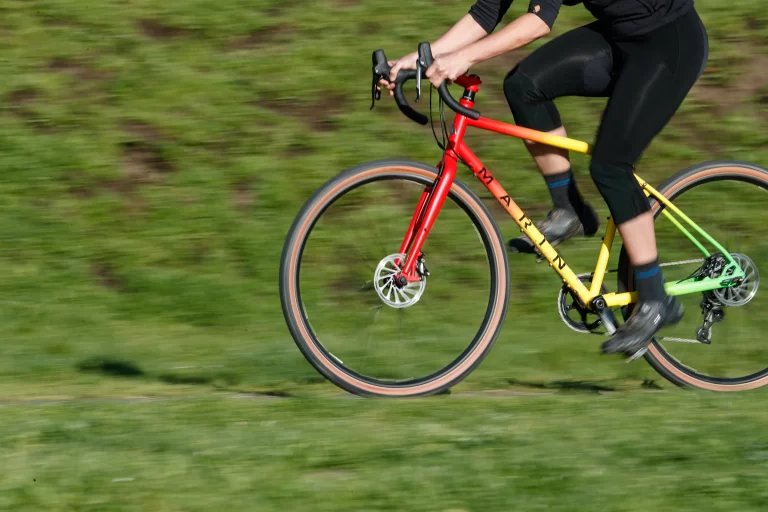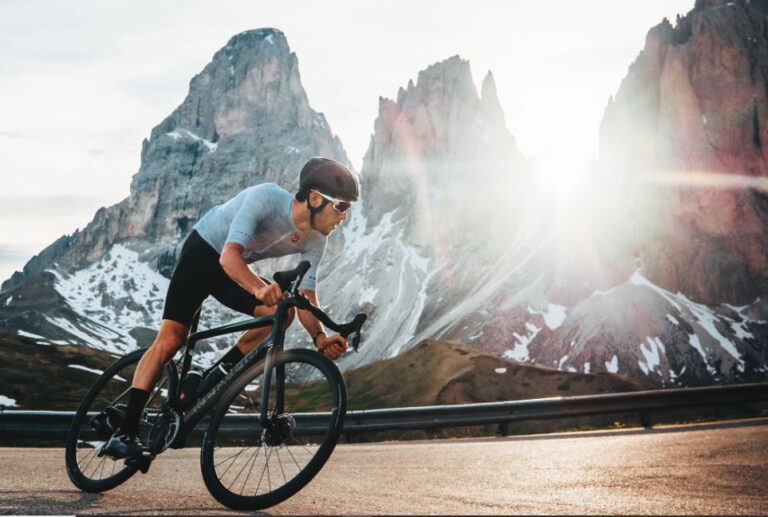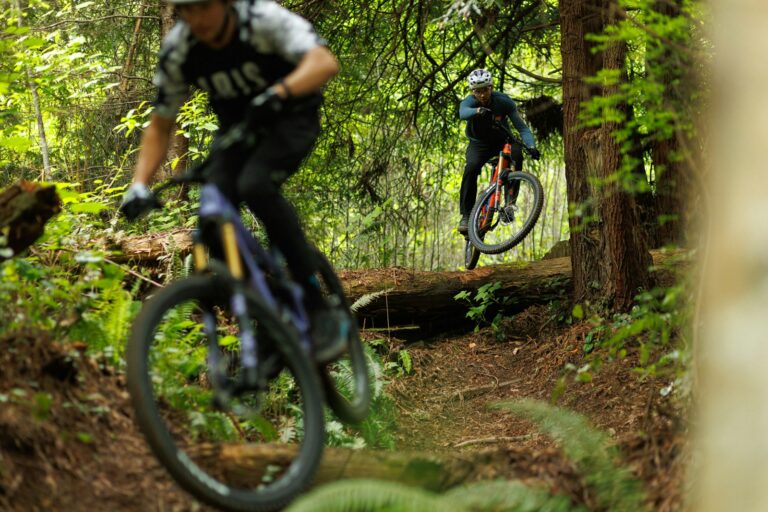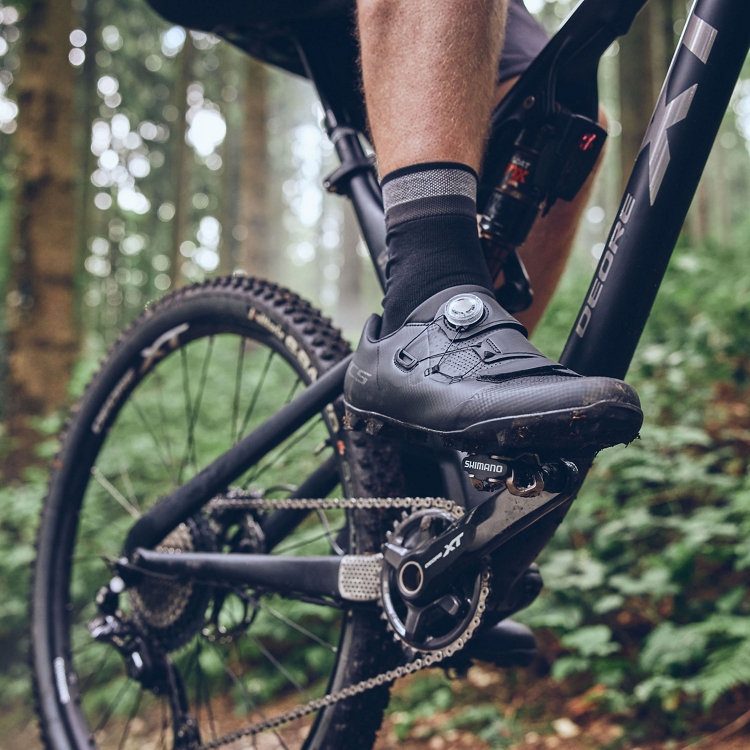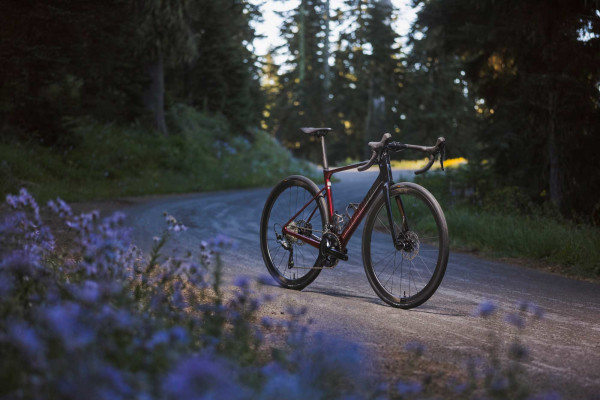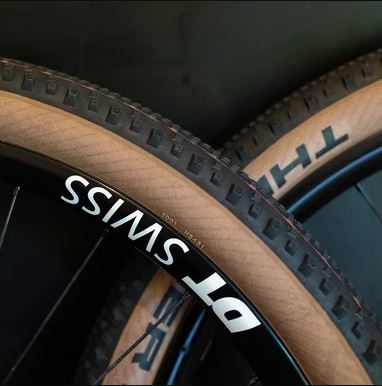Ascending New Heights: Selecting Road Bike Wheels for Climbing
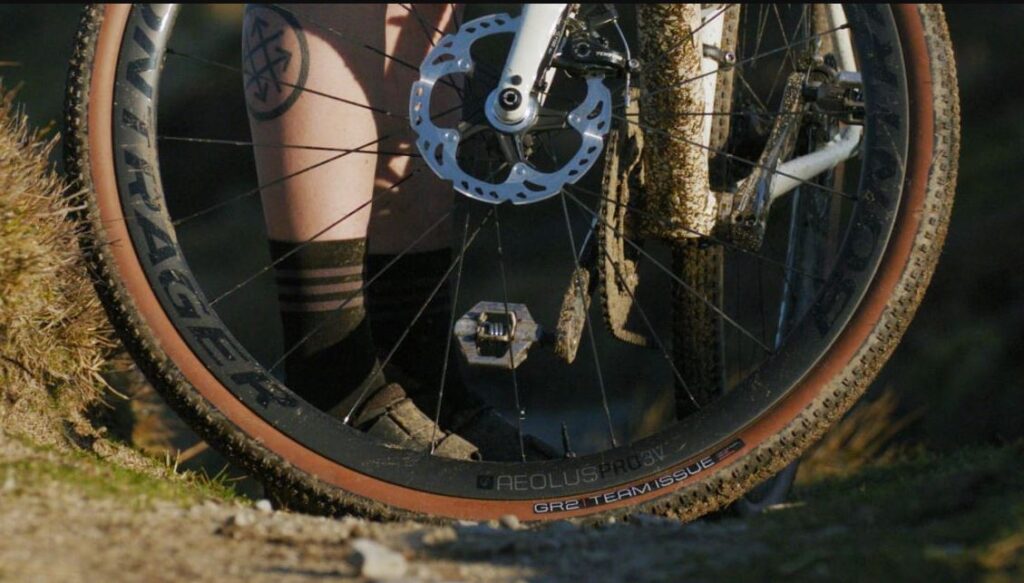
Key Point Summary of Selecting Road Bike Wheels for Climbing:
- Importance of Lightweight Wheels: Emphasize how reducing wheel weight can significantly improve climbing performance by decreasing rotational mass.
- Aerodynamics vs. Weight: Discuss the trade-off between aerodynamics and weight for climbing wheels, highlighting why lighter is often better for ascents.
- Material Matters: Explain how the choice of materials (carbon vs. aluminum) affects the weight, stiffness, and overall performance of climbing wheels.
- Wheel Depth for Climbing: Offer insights into why shallower wheels are preferred for climbing due to their reduced weight and better handling in crosswinds.
- Hub and Spoke Considerations: Touch on the importance of hub quality and spoke configuration for durability and weight savings.
- Personal Anecdotes: While personal experiences are to be omitted as per instruction, this section suggests sharing relatable stories to illustrate points effectively.
In the world of road cycling, where every gram counts and every second is savored, selecting the right wheels for climbing can feel like an art form. As a masters cyclist with a rich tapestry of experiences across mountain biking, gravel grinding, and cyclocross, I’ve come to appreciate the nuanced differences that equipment choices can make, especially when it comes to wheels.
For those of us who revel in the challenge of ascents, understanding the key factors that make a set of wheels ideal for climbing is crucial. This guide is tailored for cyclists at the beginner to mid-level experience, aiming to demystify the process of choosing road bike wheels that will elevate your hill performance.
The Pursuit of Lightness
At the heart of a good climbing wheelset lies the principle of lightness. Reducing the weight of your wheels reduces the rotational mass, making it easier to accelerate and maintain speed on steep inclines. But it’s not just about shedding grams indiscriminately; it’s about smart weight savings that enhance performance without sacrificing durability.
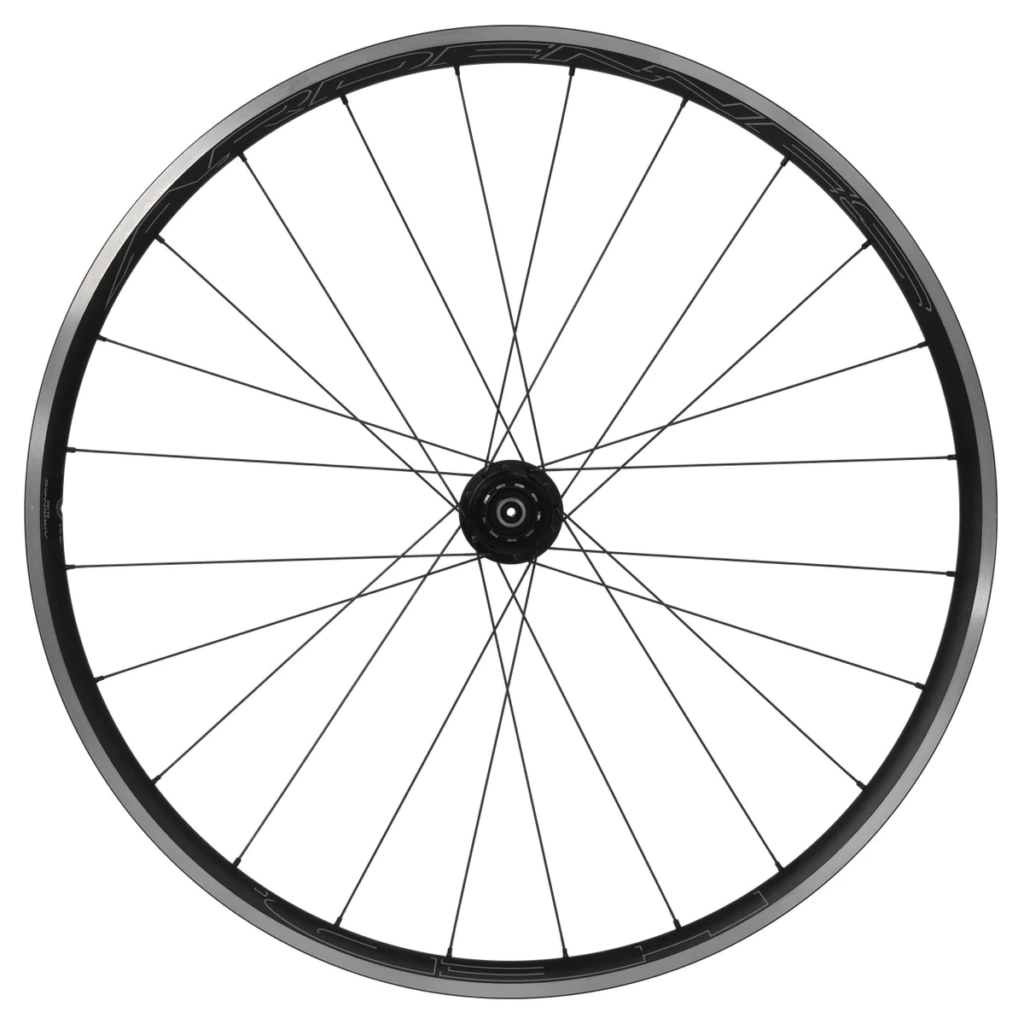
Aerodynamics vs. Weight: The Climber’s Dilemma
While the quest for aerodynamics has led to deeper rims on the flats, climbing calls for a different approach. The benefits of aerodynamic wheels diminish as the road tilts upwards, and the focus shifts towards minimizing weight. Shallower rims are typically lighter, offering the dual benefits of reduced mass and improved handling, particularly in the unpredictable gusts you might encounter on mountainous terrain.
Material Choices: Carbon or Aluminum?
The debate between carbon and aluminum wheels is ever-present in cycling circles. For climbing, carbon often takes the lead due to its superior strength-to-weight ratio, allowing for lighter yet stiff wheels that respond eagerly to each pedal stroke. However, advancements in aluminum technology continue to close the gap, offering a more budget-friendly option that doesn’t compromise too much on performance.
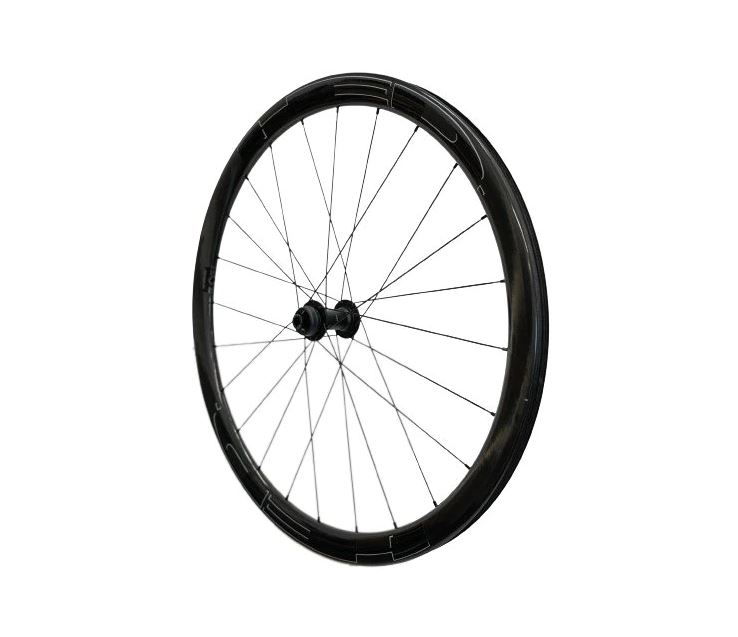
Wheel Depth: Going Shallow for the Hills
When it comes to wheel depth, shallower is generally better for climbing. Besides being lighter, shallower wheels offer improved handling and less susceptibility to crosswinds, which can be a boon on exposed climbs. This section would delve into how to choose the optimal rim depth for your specific climbing needs.
The Role of Hubs and Spokes
Often overlooked, the quality of hubs and the configuration of spokes play a significant role in the performance of climbing wheels. Lighter hubs and fewer, strategically placed spokes can reduce weight without undermining the wheel’s structural integrity. This balance is key to creating a wheelset that’s both agile on the climbs and resilient enough to handle the rigors of road riding.
Summing Up
Choosing the right set of wheels for climbing is a critical decision that can greatly impact your performance and enjoyment on the bike. By prioritizing lightness, considering material and depth, and not overlooking the details like hubs and spokes, you can find a wheelset that will help you soar on the ascents. Whether you’re tackling your local hill or aiming for the high mountains, the right wheels can make each pedal stroke count, bringing you closer to your cycling goals.
This structured outline and introduction provide a solid foundation for an informative article on selecting road bike wheels for climbing. It’s designed to guide beginner to mid-level cyclists through critical considerations and help them make informed choices that match their climbing ambitions and riding style.

Each of these brands offers high-quality wheels that could be considered among the best for specific purposes, including climbing. Here’s a top choice from each for road biking, with a focus on climbing performance:
Shimano
- Shimano Dura-Ace WH-R9100-C24-CL: Renowned for their climbing prowess, these wheels strike a perfect balance between weight, stiffness, and aerodynamics. The C24 is particularly lightweight, making it an excellent choice for climbers looking for quick acceleration and responsive handling on steep ascents.
HED
- HED Vanquish RC4 Pro: While HED is known for its aerodynamic wheels, the Vanquish RC4 Pro stands out for its versatility, including climbing. It’s a carbon wheel that balances aerodynamics with a relatively low weight, making it suitable for both climbing and all-around performance.
Reserve
- Reserve 34/37mm Carbon Wheelset: This wheelset, with its front rim at 34mm and rear rim at 37mm depth, is designed for a mix of aerodynamics and lightweight, ideal for climbing and all-around road performance. The unique depth combination ensures stability and speed, making it a great choice for riders who face varied terrain.
Each of these wheelsets from Shimano, HED, and Reserve brings something unique to the table for climbing and overall performance. The Shimano Dura-Ace C24 is lauded for its exceptional lightness and climbing efficiency, the HED Vanquish RC4 Pro offers a blend of low weight and aerodynamic benefits for mixed terrains, and the Reserve 34/37mm set provides an innovative approach to balancing aerodynamics with the needs of climbers. Your choice would depend on your specific performance requirements, budget, and whether you prioritize pure climbing ability or seek versatility for varied terrain.
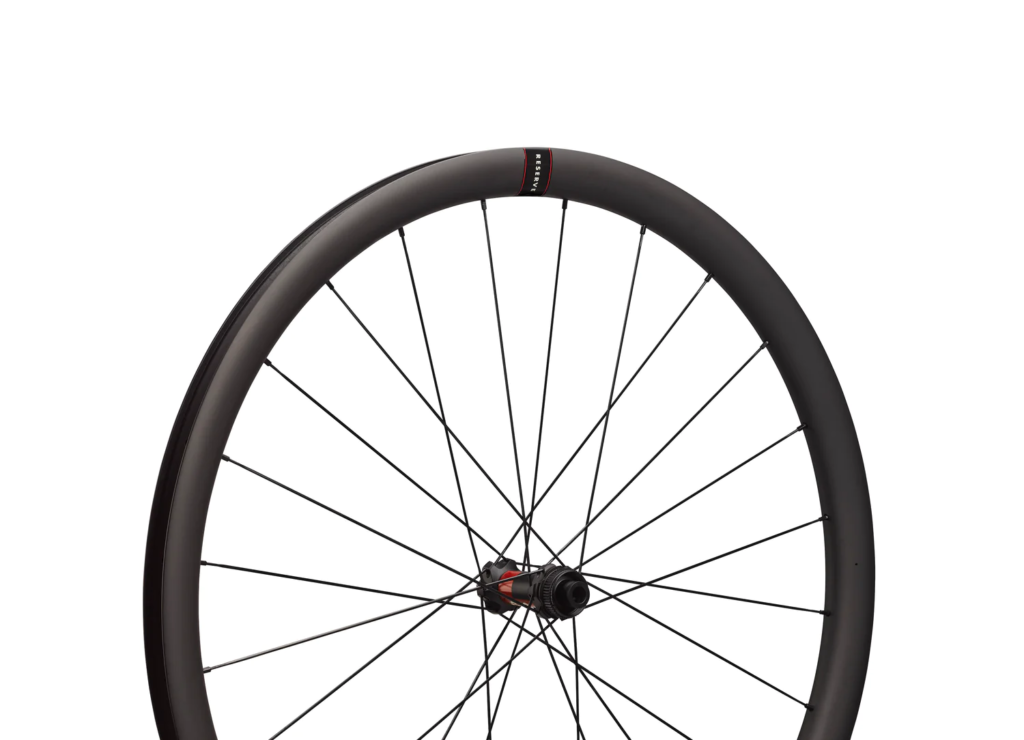
FAQ
Are 50mm carbon wheels good for climbing?
50mm carbon wheels are generally not considered ideal for climbing due to their increased weight and aerodynamic profile, which can be a disadvantage on steep gradients. They are better suited for flat to rolling terrain where aerodynamic efficiency is more beneficial.
Do 29ers climb better?
29ers are often said to climb better on certain types of terrain due to their larger wheel diameter, which can roll over obstacles more easily and maintain momentum. However, the climbing efficiency can also depend on the bike’s geometry, the rider’s style, and the specific trail conditions.
Are Zipp 303 good for climbing?
Zipp 303 wheels are considered very good for climbing. They are designed to be lightweight and have a moderate rim depth, making them versatile for both climbing and all-around road performance.
How do I choose a road wheelset?
To choose a road wheelset, consider your riding style (climbing, flat terrain, mixed), budget, and performance needs. Look for a wheelset that balances weight, aerodynamics, and durability. Lighter wheels are better for climbing, deeper rims are more aerodynamic for flat and rolling terrain, and the right material (carbon or aluminum) should align with your budget and durability requirements.

